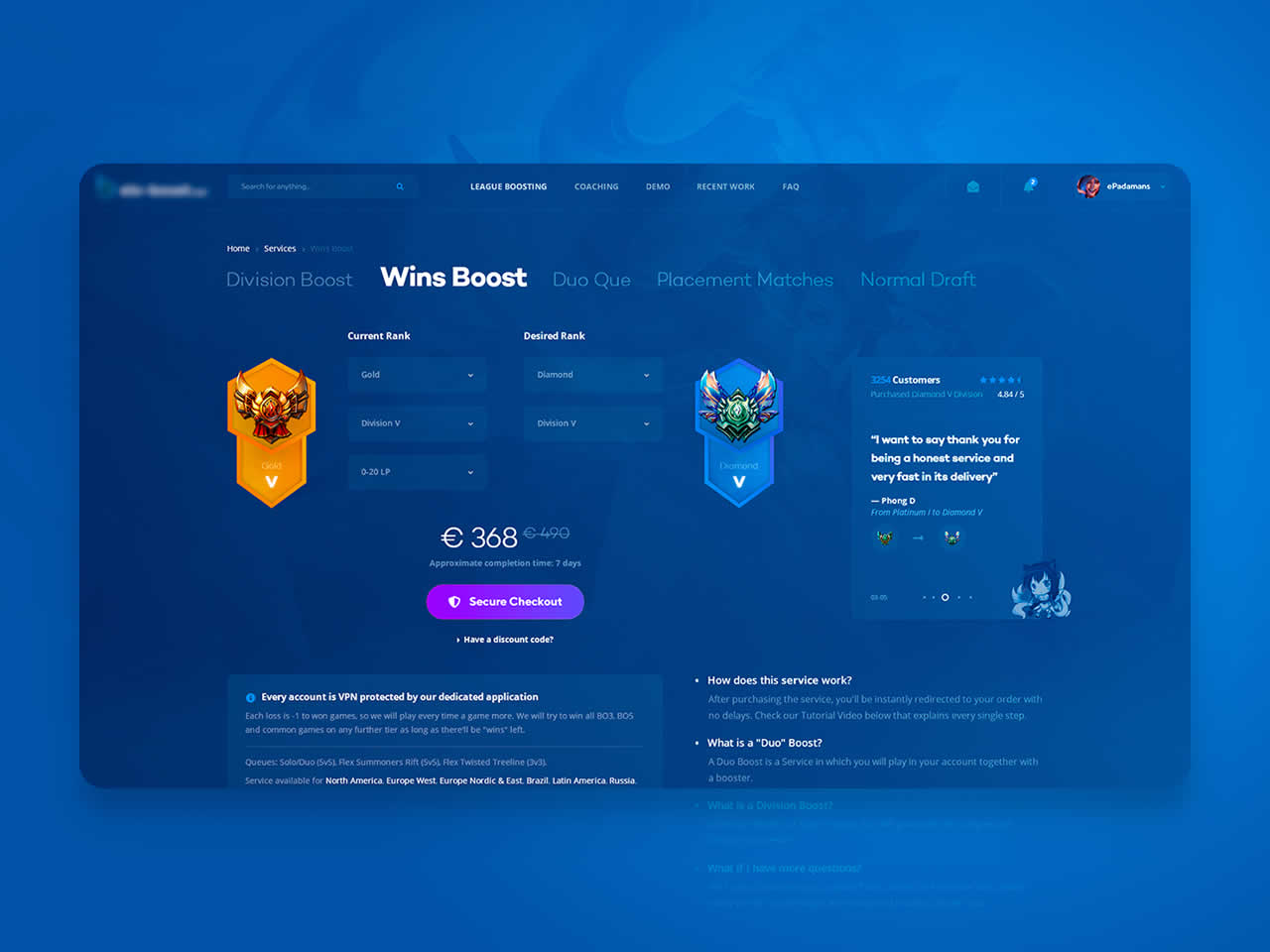
Moein Shafi
AI Researcher & Cybersecurity Specialist
Hi there!
My name is Moein Shafi, natively written as معین شفی.
I'm currently a Cybersecurity Specialist at
Behaviour-Centric Cybersecurity Center (BCCC) @
York University.
As an AI researcher and R&D specialist, I build intelligent systems at the frontier of machine learning, IoT security, and network behavior modeling.
I specialize in:
- 🧠 LLMs & deep neural networks for smart threat detection
- 🔗 Graph learning for IoT profiling and anomaly detection
- 📊 Building large-scale benchmark datasets (60M+ records)
- 🚀 Deploying cloud-native AI pipelines & open-source tools
My focus is real-world impact, bridging academic research and practical AI engineering with purpose and precision.
- From: Isfahan, Iran
- Lives In: Toronto, Canada
- Last Update: April 2025



















